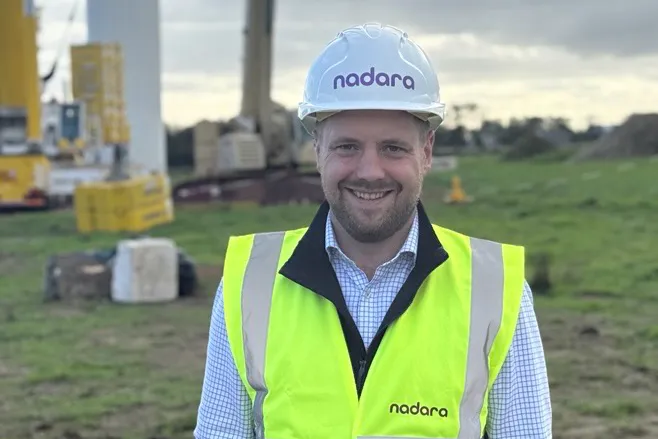Rust or revolution? Britain’s ageing wind turbines near pivotal moment
UK renewable energy developer Nadara, which has recently launched a national campaign to push for repowering of ageing wind farms, says this is a key ‘tool in the arsenal’ of the energy transition

The UK is nearing a crossroads at which it will either begin shedding wind power capacity it cannot afford to lose, or grasp the chance to repower ageing machines with new models that can supercharge our clean energy future. The choice is clear.
Onshore wind farms that currently power 12% of our homes are ageing – with many reaching the end of their lifecycle of around 25 years.
As project owners, policymakers and communities, we face crucial decisions about these assets: do we decommission, attempt short-term extensions or repower? Each option carries implications for our energy system, our economy and our climate targets.
Repowering means upgrading existing wind farms with new, more efficient turbines, often reusing some of the infrastructure already in place. This approach can increase energy output by three to ten times, depending on site conditions.
As one of the first companies to build wind farms in the UK, Nadara now has some of the oldest wind farms in the country. That means we are also one of the first to embark on this repowering journey.
Currently, we are in various stages of repowering at least 10 of our 45 sites in the UK, which could enhance the capacity of each site by 3 to 10 times, depending on site conditions and turbine type – generating enough electricity for us to power an additional three million homes across the country each year.
To make sure we meet the UK’s Clean Power 2030 ambitions, we must repower our existing onshore wind sites. Without it, we risk losing up to 9GW of clean energy by 2050 – a shortfall that would undermine both climate goals and energy security.
Put simply, repowering is the only way the UK can meet its clean power targets while ensuring a secure, affordable, home-grown supply of electricity. Decommissioning would waste valuable land and grid connections, and short-term life extensions only postpone the point at which turbines must ultimately be retired.
Beyond energy security, the economic case for repowering is clear. Research from RenewableUK shows that upgrading the UK’s onshore wind capacity could generate up to 27,000 new jobs, ranging from construction and engineering roles to long-term operations and maintenance opportunities.
In fact, the opportunity for local communities to benefit directly from these projects is enormous and ongoing. Host regions gain not only reliable power but also investment, jobs and shared ownership opportunities, creating lasting value for the communities at the heart of the transition.
We don’t just want to generate power, we want to build trust and make a deeper contribution to the world. That means prioritising environmental and social impact, sharing economic opportunities, and making the energy transition a shared partnership.
Repowering is also about efficiency. Improved technology means modern turbines are more powerful and reliable than older models, and they require less maintenance, reducing operational downtime and costs. At the same time, repowering maximises the use of existing land and grid infrastructure – instead of developing new greenfield sites, we can sustain renewable energy production where it already exists, reducing impact on new land.
Of course, repowering is not simple. It requires navigating complex planning permissions, design considerations and environmental assessments. Communities also have legitimate questions about turbine size, construction impacts and long-term benefits.
That’s why we’re opening up the conversation about repowering so we all understand how important it is for the UK. Yes, we want to share information about construction and technical processes but, more than anything, we want residents, councillors and local business owners to know what repowering actually means for them: the opportunities it can bring to their area through carbon reduction, community funds, support for school children and local jobs.
Repowering is one tool in our arsenal that must work alongside other solutions to create a resilient power system. And it’s a powerful tool that will go a long way to making our energy system better - without it, the UK’s clean power ambitions will fall short.
Repowering is more than an upgrade: it’s the bridge between the UK’s pioneering onshore wind past and future. By embracing repowering as a country and in our communities, we can reduce carbon emissions, boost economic growth and make sure the lights stay on with home-grown power for decades to come.
(Copyright)